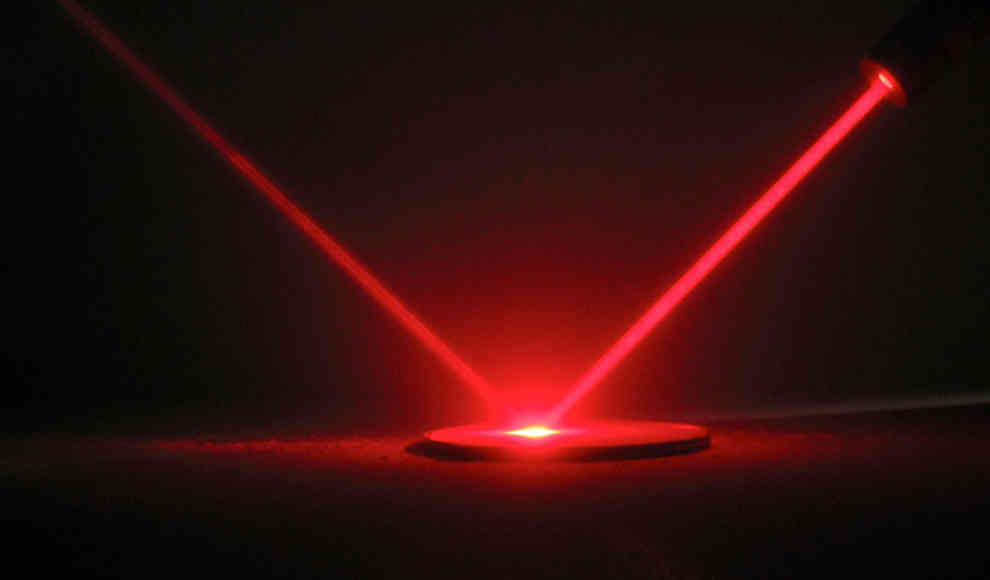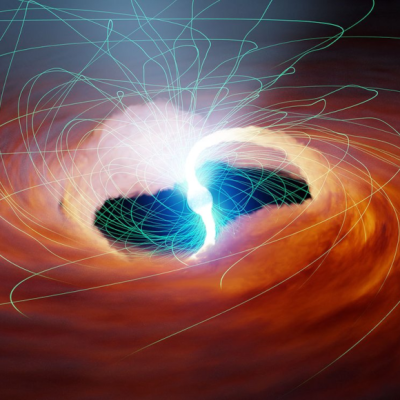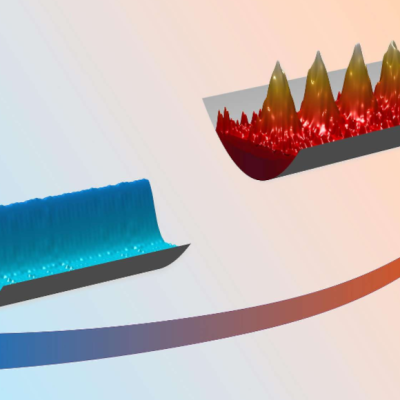German scientists have developed a method to make use of the phenomenon that photons can contain and transfer information to atoms. They believe this could be the future of data transmission in computer systems. The Saarbrücken physicists have published their results on the transfer and storage of information using quantum mechanical phenomena in the journal Nature Communications. Photons are not only some of the smallest particles in quantum models, but they also carry information in the form of their polarization state. The researchers have found a way to transfer the polarization state of a photon to an atom, which can then be used as a long-term information storage device.
The Saarbrücken scientists used a single atom held in place by a “Paul trap” to experiment with the transfer of quantum information. They fired a laser at the atom, causing it to absorb a single photon. If the absorption was successful, they were able to demonstrate the storage of the quantum information that the photon carried. The researchers observed that when the absorption was successful, the atom emitted a signal in the form of a photon. However, the quantum superposition could only be reliably stored and read if the emitted photon did not contain the polarization of the absorbed photon.
The method is still in its early stages, but the success rate of transferring quantum information shows what is possible in the future of computer technology. The computational power of computer chips can be significantly increased, and the transmission of information on a particle level can lead to the miniaturization of computing units, which is particularly beneficial for the development of portable devices such as smartphones or tablets. The transfer of information is also expected to be faster and more secure.










